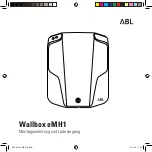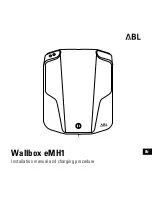
2-27
AUTOMATIC OVERDRIVE (D): This position is
for normal driving. If you need more power for passing,
and you’re:
D Going less than 35 mph (55 km/h), push your
accelerator pedal about halfway down.
D Going about 35 mph (55 km/h) or more, push the
accelerator pedal all the way down.
You’ll shift down to the next gear and have more power.
NOTICE:
If your vehicle seems to start up rather slowly,
or if it seems not to shift gears as you go faster,
something may be wrong with a transaxle system
sensor. If you drive very far that way, your
vehicle can be damaged. If this happens, have
your vehicle serviced right away. Until then, you
can use SECOND (2) when you are driving less
than 35 mph (55 km/h) and AUTOMATIC
OVERDRIVE (D) for higher speeds.
THIRD (3): This position is also used for normal
driving, but it offers more power and lower fuel
economy than AUTOMATIC OVERDRIVE (D).
Here are some times you might choose THIRD (3)
instead of AUTOMATIC OVERDRIVE (D):
D When driving on hilly, winding roads.
D When towing a trailer, so there is less shifting
between gears.
D When going down a steep hill.
Содержание 2002 Intrigue
Страница 1: ......
Страница 6: ...v These are some examples of vehicle symbols you may find on your vehicle...
Страница 15: ...1 9 Put someone on it Get it up to speed Then stop the vehicle The rider doesn t stop...
Страница 128: ...2 64 The Instrument Panel Your Information System...
Страница 315: ...6 58 GM Vehicle Care Appearance Materials...
Страница 332: ...Scheduled Maintenance 7 7...
Страница 333: ...Scheduled Maintenance 7 8...
Страница 349: ...7 24 Maintenance Record DATE ODOMETER READING SERVICED BY MAINTENANCE PERFORMED...
Страница 350: ...7 25 Maintenance Record DATE ODOMETER READING SERVICED BY MAINTENANCE PERFORMED...
Страница 351: ...7 26 Maintenance Record DATE ODOMETER READING SERVICED BY MAINTENANCE PERFORMED...
















































